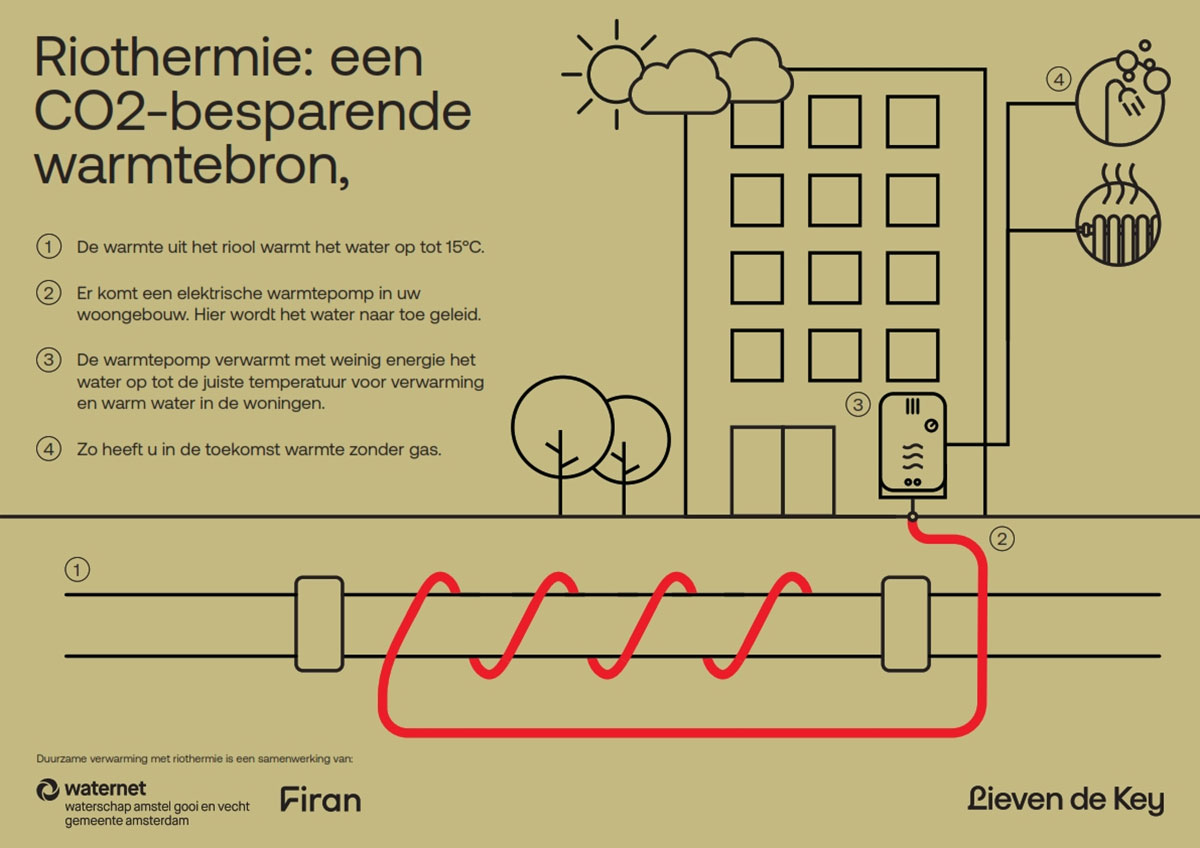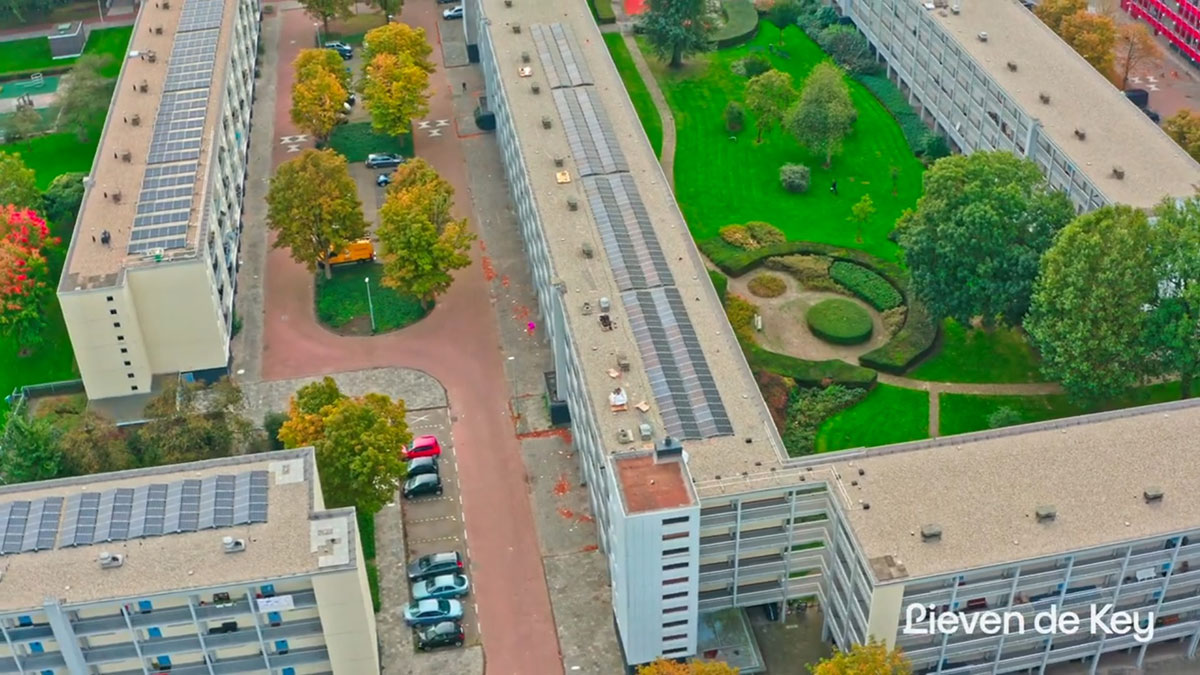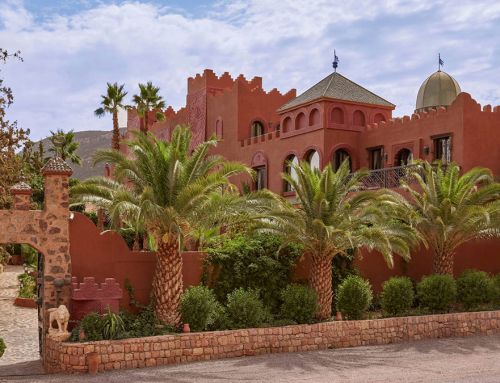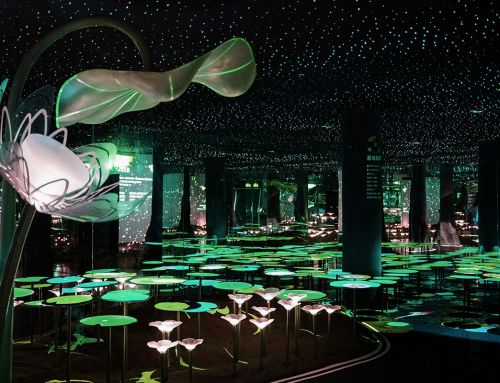“Thirty per cent of the energy that goes into a house goes back down the drain“, according to calculations by TAUW, an engineering company based in the Netherlands. That 30% of energy leaves the house in the form of heat. That heat comes from the heat carried by the hot water we use to wash our hands, or the water we let run in the shower, or the water in the washing machine or dishwasher, and so on. Until now, this energy was lost through household drains, 24 hours a day, 365 days a year, and was dissipated in the sewage network; it even reached the large urban wastewater treatment plants.
Until now, precisely because projects are now starting to multiply, which aim to recover this energy and return it to the homes from which it comes, mainly for use in sustainable heating. The term by which this system is referred to in the Netherlands is “riothermia” (from riool, Dutch for sewer, and a derivative of the Greek word thérme, or heat). Let’s see how it works.

According to TAUW’s explanations, in order to recover the thermal energy circulating in the building’s sewer, it is necessary to install a heat exchanger around the building’s main duct. Through the heat exchanger, the source heat is transferred to a working fluid which transports it to the dwellings through insulated pipes. Subsequently, solar-powered heat pumps installed in each dwelling, or in the building, amplify the heat to a temperature suitable for the efficiency of the system. TAUW claims that the technology is equally suitable for exchanging heat for cold, and is therefore equally suitable for heating and cooling.

According to The Guardian, the development company Lieven de Key, based in the Dutch capital, is planning to test out the riothermia in a residential block for the first time, with a budget of €14 million, to heat 1,600 social and student housing units. Residents have already given their approval at the minimum required rate of 70 per cent, according to the company, and a student vote is underway which must also show 70 per cent support for the installation to go ahead. But The Guardian refers to other projects: Germany’s Uhrig, which calls wastewater “a treasure beneath our feet“, builds around 10 riothermal projects a year, and is expanding rapidly. In the Netherlands, there are other projects to recover heat from urban sewage treatment plants, rather than from household pipes. One such project will use irradiation to acclimatise the water in a swimming pool in Urk. The source also cites, but does not specify, other pilot projects in Rotterdam and Eindhoven.
Sources: TAUW, Lieven de Key, The Guardian. Images: Lieven de Key.
OTHER NEWS
Newsletter




